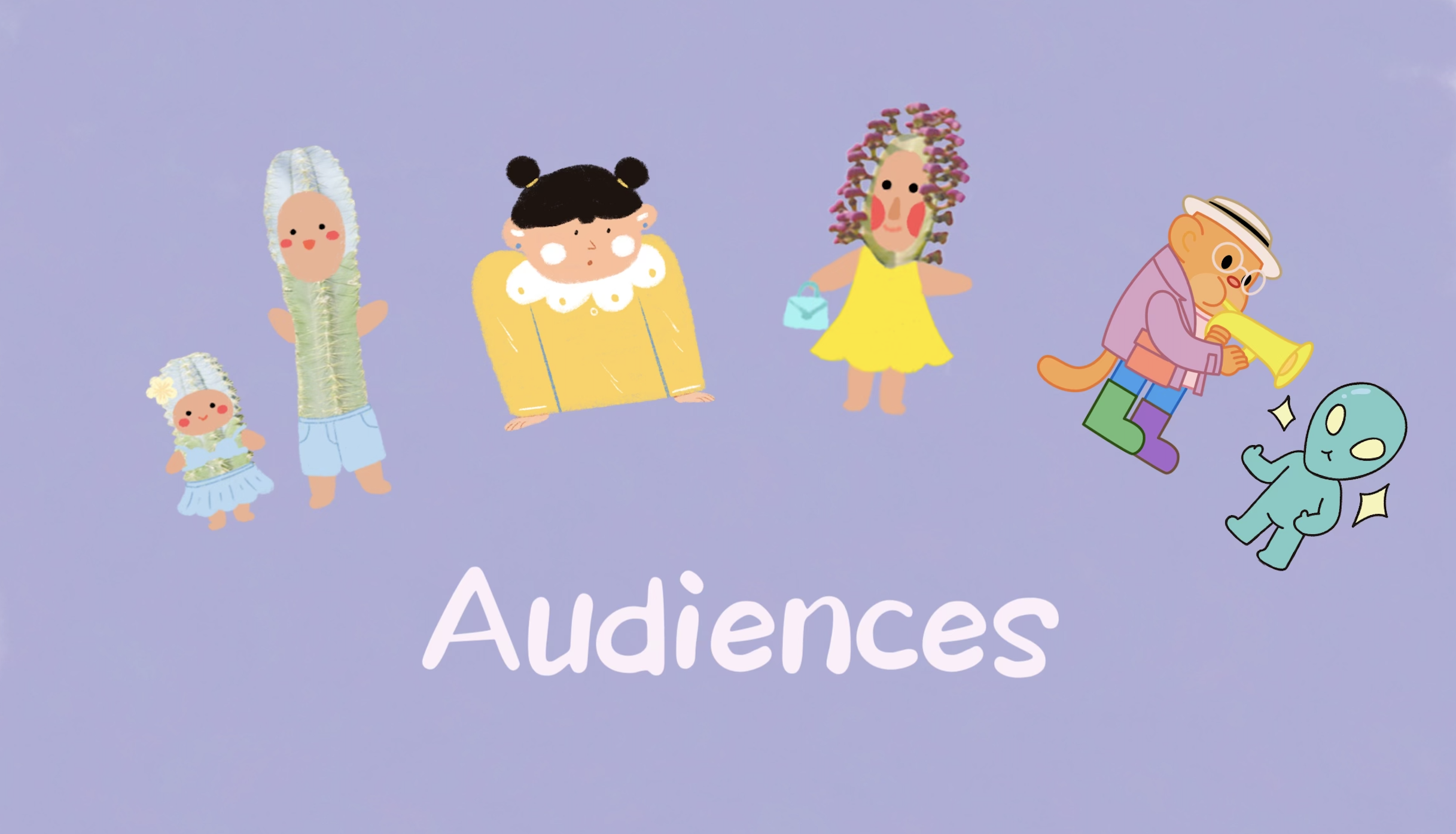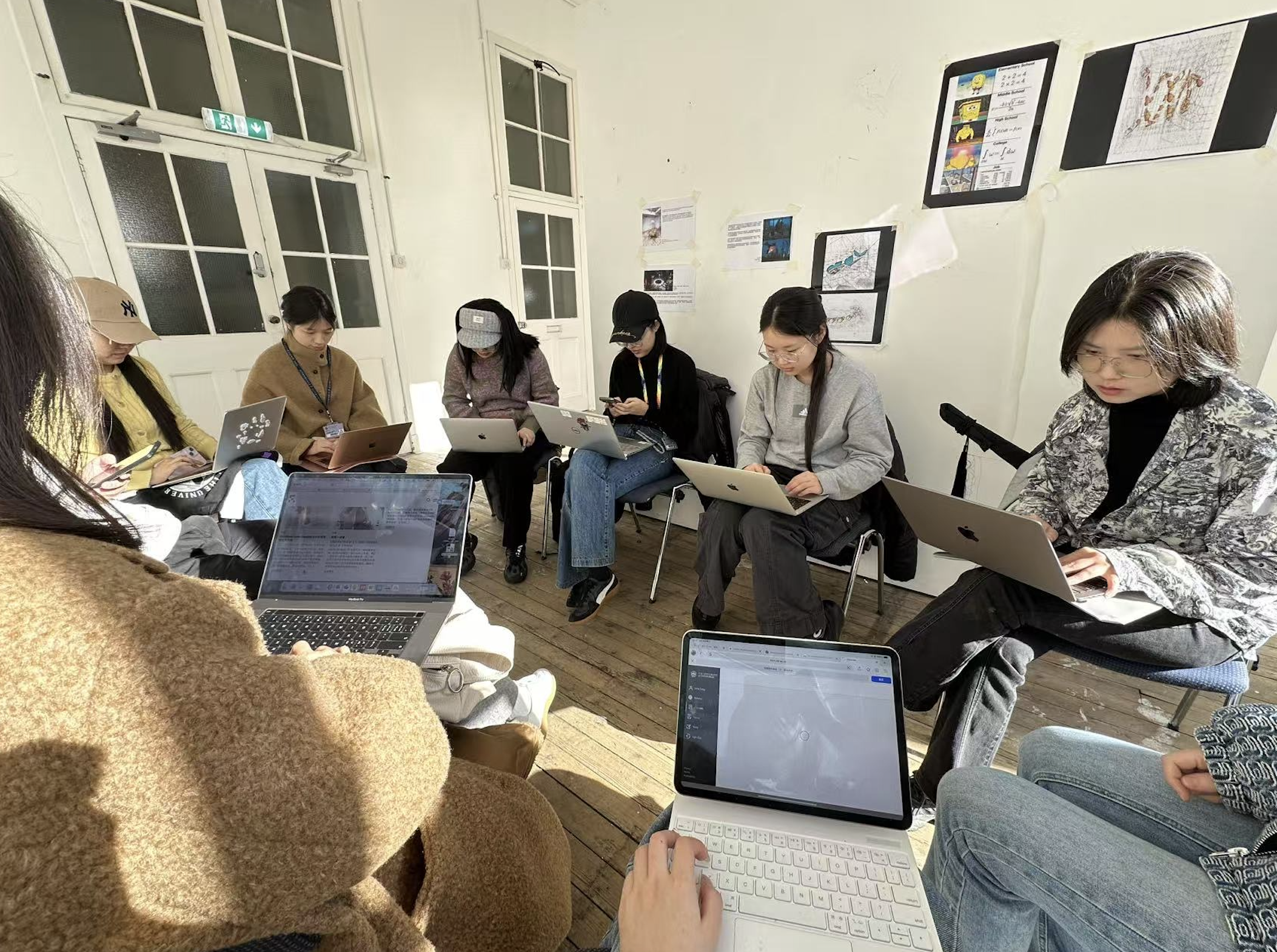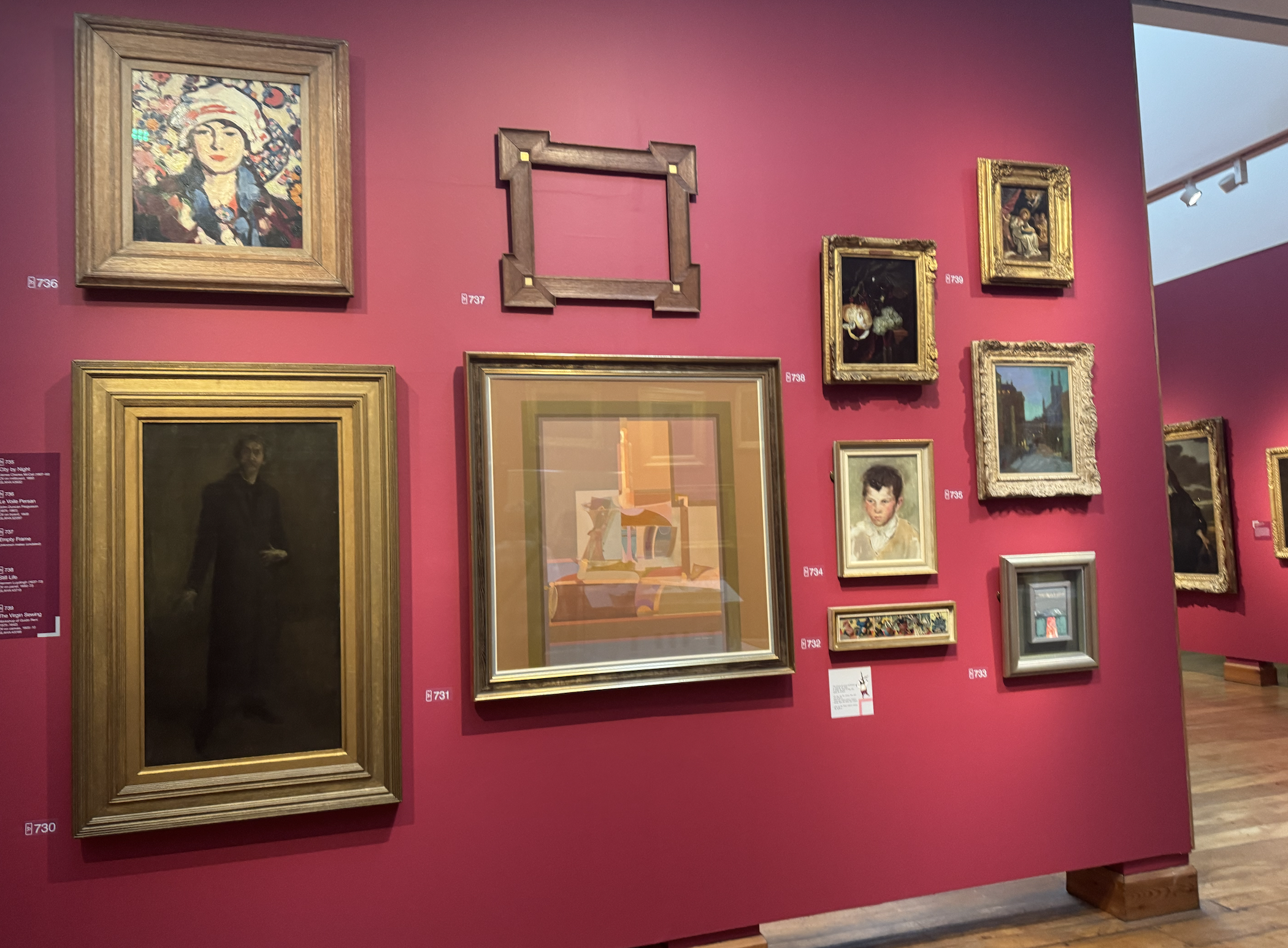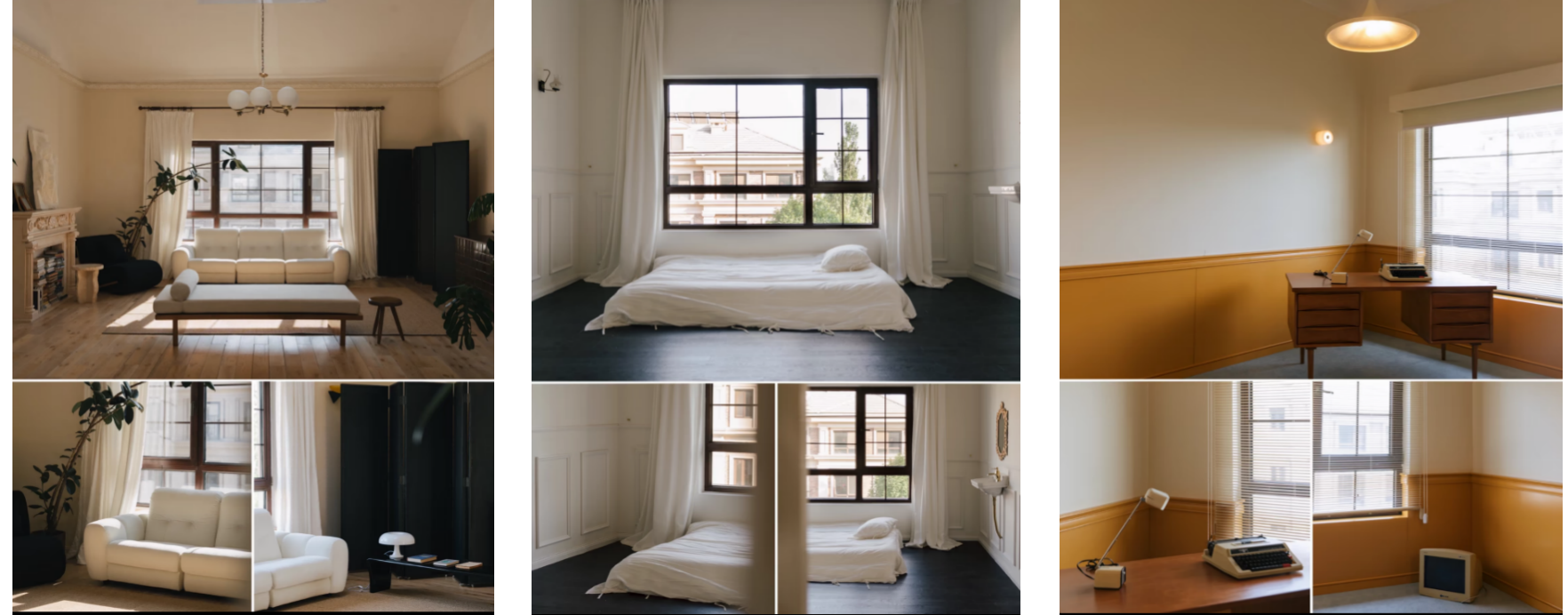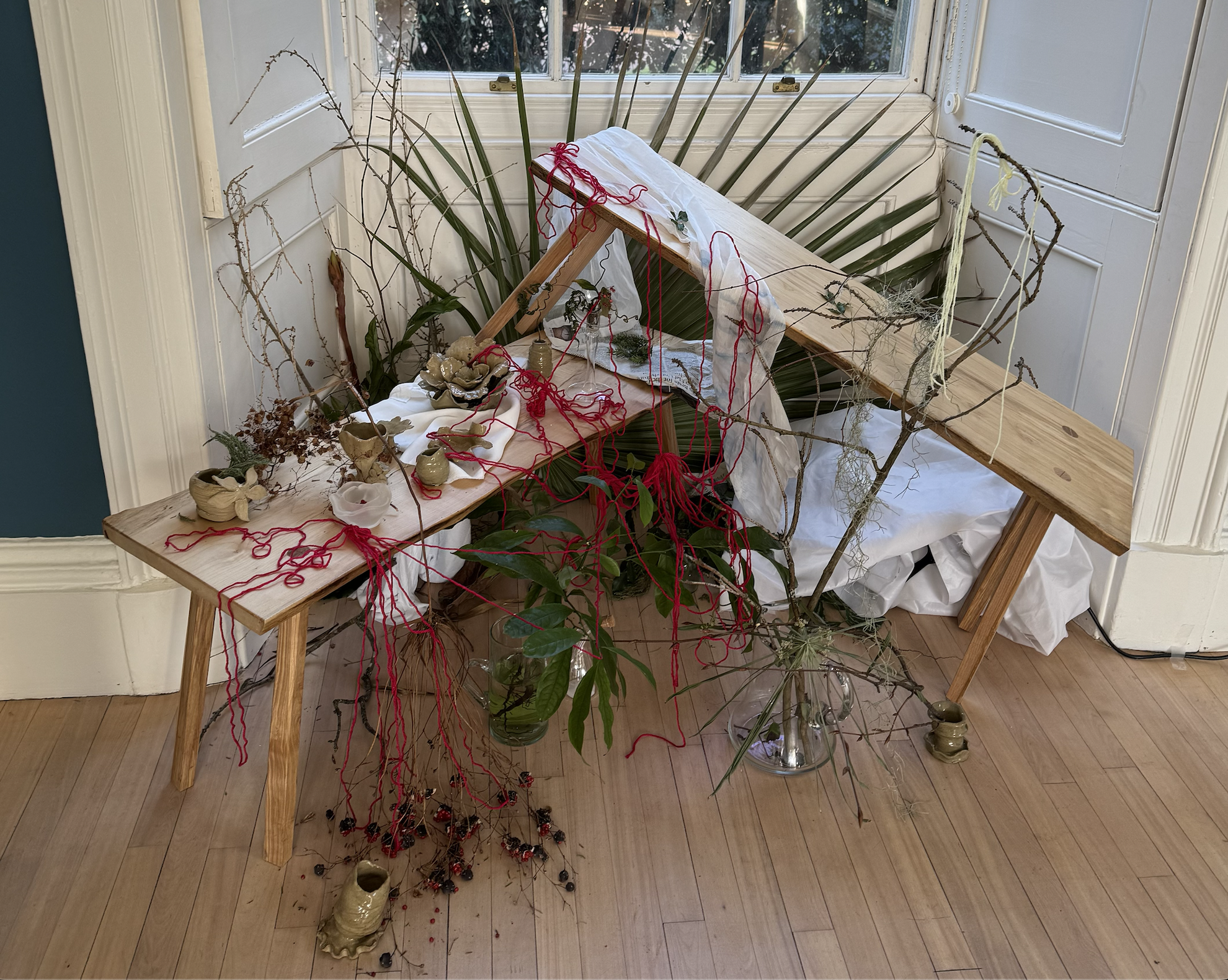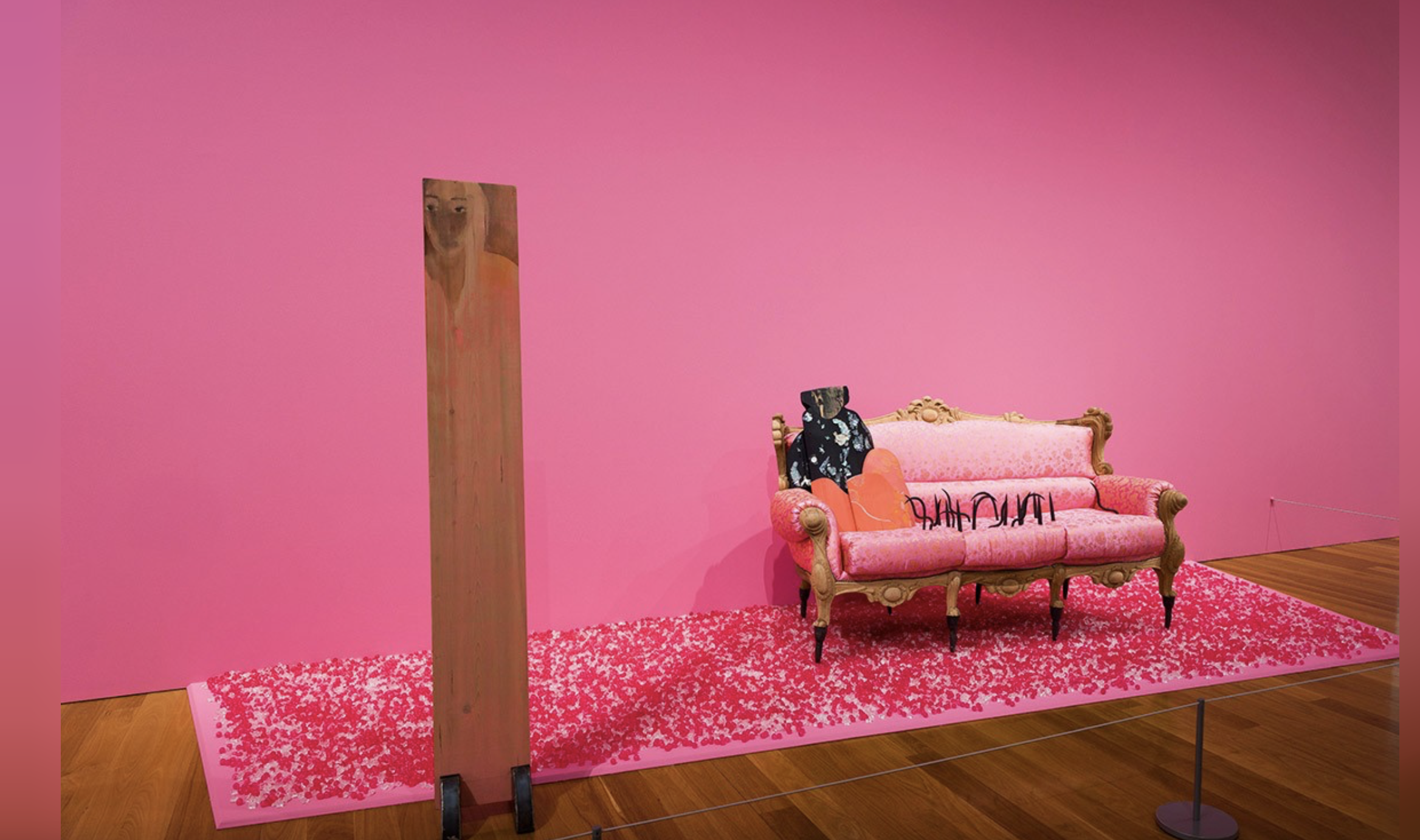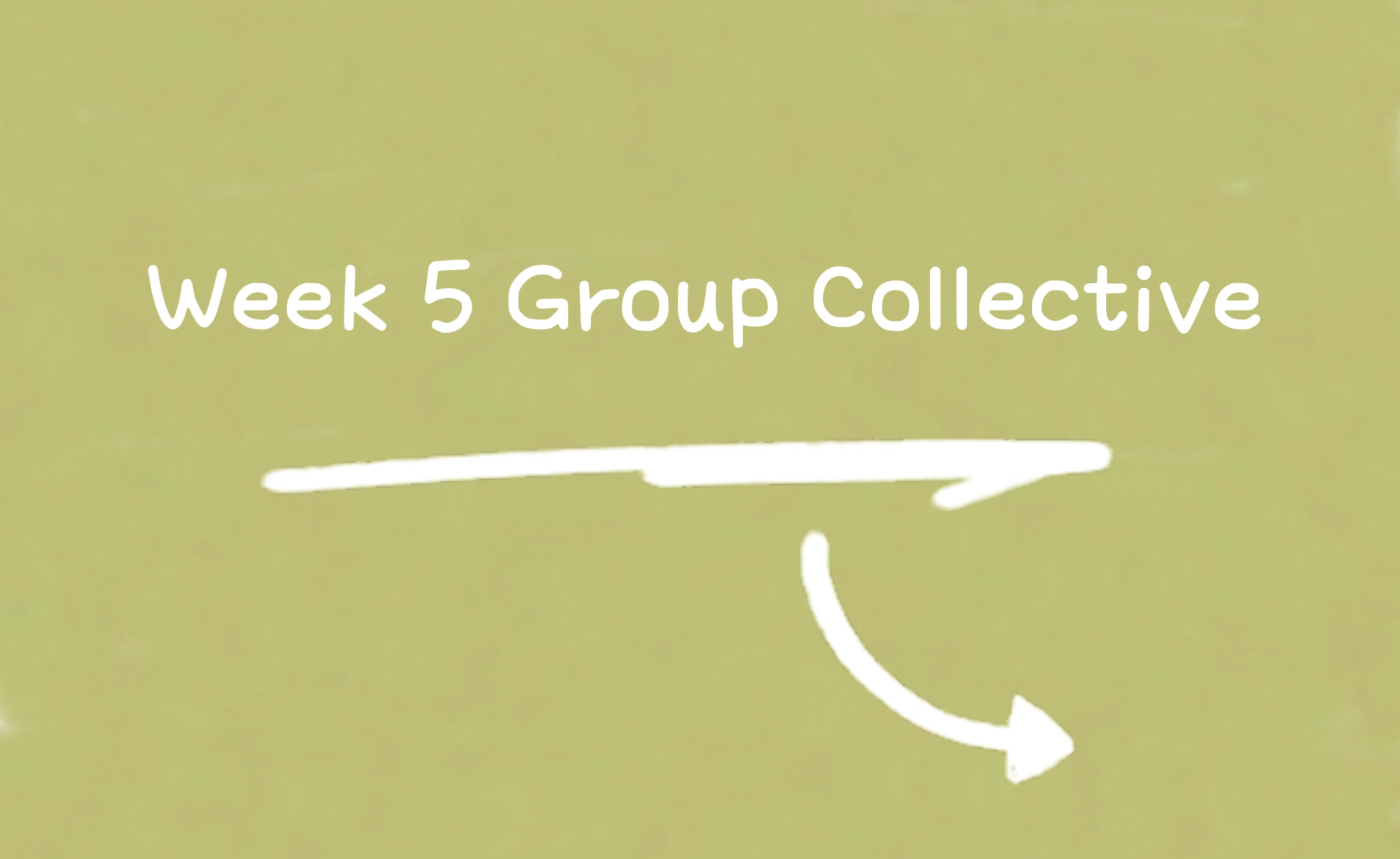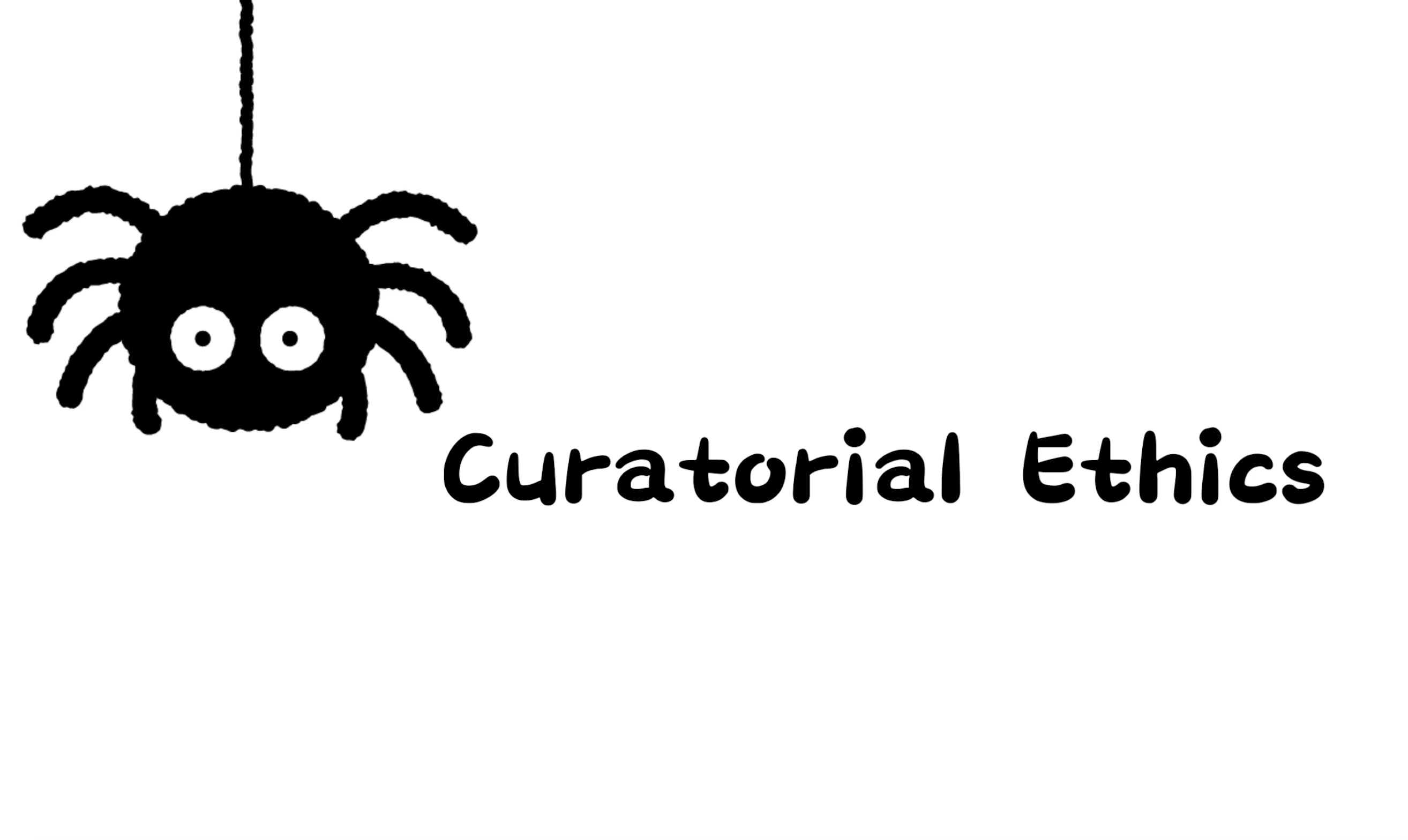Page 2 of 3
The target audience of the exhibition is mainly all women, especially those who struggle between work and family, and those who face the pressure of family responsibilities and career development, such as mothers, married women, single mothers, etc. In addition,… Continue Reading →
This week, we held two group discussions. In the first, we planned how to use teamwork to give each other curatorial advice and thus promote the development of the group members‘ projects. This included the perspective from which we should… Continue Reading →
We visited the Hunter Art Museum. I think I learned how to make the audience understand and interact in this exhibition. Because last week I mentioned that I went to the botanical garden, I thought at the time that the… Continue Reading →
About the site: My curatorial approach draws on the domestic projects of Fran Cottell, who was featured in Week 3’s lecture series and who uses domestic space not only as a site but also as a medium of curatorial and… Continue Reading →
Today, I visited the MA CAP exhibition at Inverleith House in Edinburgh’s Botanic Garden. Through visiting the exhibition today, I saw many artworks with the theme of plants, including paintings, installations and sculptures. I really like one of the artworks,… Continue Reading →
Your curatorial project is highly innovative and forward-looking in its conception of AI-generated art and audience interaction. However, in further development, in-depth consideration needs to be given to the way in which AI, as an ‘artist’, interacts with the audience… Continue Reading →
In your curatorial process, you have already clarified the core direction of the exhibition, which is to focus on China’s marginalised intangible cultural heritage and to increase the attention paid to these cultural forms by enhancing interactivity and audience participation…. Continue Reading →
section1: family 1. The seductive theatrical installation Pink Sofa (1996, pictured) by the Korean feminist artist Yun Suk-nam has recently undergone conservation treatment. This early installation is an indictment of the oppression of Korean women in a patriarchal society –… Continue Reading →
Place-responsive curating In a context where contemporary curatorial practice increasingly emphasises diverse narratives and local interventions, ATLAS Arts, a contemporary art institution in the Scottish Highlands, has proposed a unique curatorial model. Through its operation without fixed exhibition venues,… Continue Reading →
1.Watch tutor Gabi’s reflections and thoughts on the lecture on curatorial ethics Curatorial ethics are not fixed norms, but rather a sense of judgement and responsibility that is constantly being generated in concrete practice. As an activity that is both… Continue Reading →
